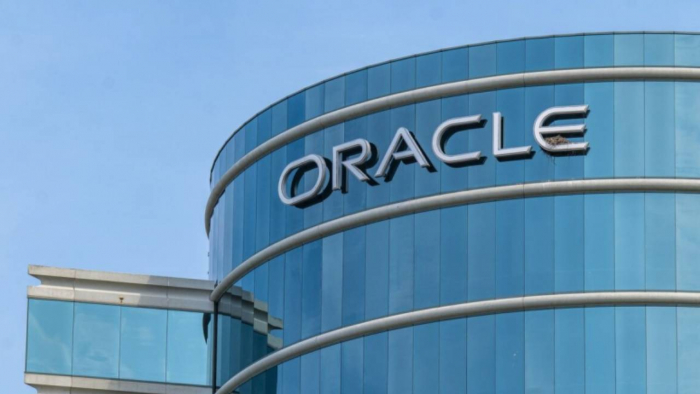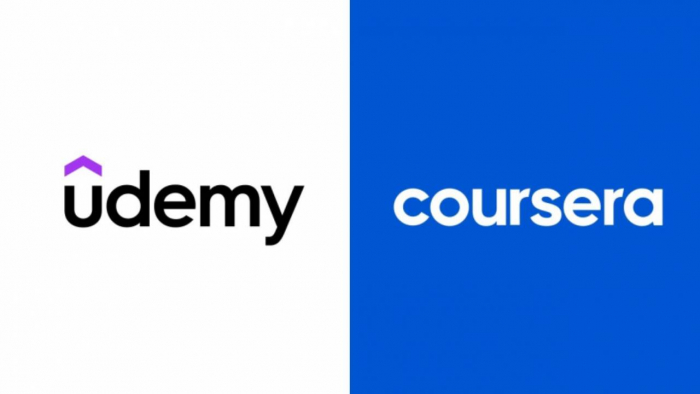Much of the data businesses rely on—emails, scanned documents, PDFs, handwritten forms—is unstructured, making it difficult to access, analyze, or integrate into workflows. To stay competitive, organizations need innovative, scalable solutions that can transform this raw, untapped information into actionable insights.
Natural Language Processing (NLP) and Optical Character Recognition (OCR) are two AI technologies that, when combined, offer a powerful way to unlock and process textual data. Leveraging both can accelerate business operations, reduce manual work, and open the door to more intelligent automation.
What Is NLP (Natural Language Processing)?
Natural Language Processing is a subfield of artificial intelligence focused on enabling machines to understand, interpret, and generate human language. At the core of NLP data science are sentiment analysis, named entity recognition, text summarization, and topic modelling, which are designed to make sense of complex, nuanced language.
In a business context, NLP is widely used for:
- Automating customer service through chatbots and virtual assistants.
- Analyzing customer feedback and reviews for product insights.
- Extracting data from contracts or policy documents.
- Monitoring social media for brand sentiment.
NLP data science plays a crucial role in building intelligent AI products that are reactive and predictive, allowing businesses to make informed decisions faster.

What Is OCR (Optical Character Recognition)?
OCR, or Optical Character Recognition, is a technology that converts different types of documents—such as scanned paper documents, PDFs, or images—into editable and searchable data. Modern OCR solutions use machine learning to increase accuracy, even with low-quality scans or handwritten text.
OCR is a gateway to making legacy and analogue documents actionable in the digital age.
How NLP and OCR Work Together
While OCR converts visual documents into machine-readable text, NLP analyses that text for meaning, intent, and context. This powerful combination forms the foundation for many sophisticated automation workflows.
For example, a company might use OCR scanning services to digitize stacks of handwritten forms. NLP then processes the extracted text to identify customer names, dates, transaction types, or sentiments. The result is automated document classification, intelligent routing, and structured databases without manual data entry.
OCR and NLP create seamless pipelines for processing large volumes of unstructured data efficiently and accurately.
Business Benefits
Implementing OCR and NLP technologies brings measurable advantages across the organization. Businesses can significantly boost operational efficiency by automating routine tasks like data extraction, document review, and classification while reducing reliance on manual labour. These technologies also enable faster and more informed decision-making by turning unstructured data into structured insights that are instantly accessible for analysis. Additionally, real-time NLP capabilities help improve the customer experience by enabling more accurate and responsive interactions. OCR and NLP transform fragmented, text-heavy data into streamlined business intelligence that supports agility, automation, and long-term growth.
Real-World Use Cases: NLP and OCR in Action
The combined power of NLP and OCR is already transforming workflows across various industries. Here's how organizations are using these technologies to create smarter, faster, and more efficient processes:
Finance & Accounting
- Invoice Automation: OCR scanning services extract key fields like vendor name, invoice number, and totals. NLP then validates, categorizes, and routes them for approval or payment processing.
- Document Compliance: Automatically read and analyze financial reports for regulatory checks using NLP-driven models.
Healthcare
- Medical Record Digitization: OCR converts handwritten or printed patient records into digital form. NLP extracts diagnosis, medications, and clinical notes for easier access and reporting.
- Claims Processing: Automate the review of insurance forms and medical claims using OCR and NLP pipelines.
Legal & Compliance
- Contract Analysis: OCR scans legal documents, while NLP identifies and flags key clauses, obligations, or risks—saving hours of manual review.
- Policy Monitoring: Use NLP to monitor regulatory documents and match new rules against your internal compliance framework.
Retail & Customer Experience
- Voice of the Customer Analysis: NLP analyzes customer reviews, feedback, and surveys to identify trends, issues, or product suggestions.
- Returns and Warranty Processing: OCR digitizes paper-based return forms; NLP extracts context to route requests to the appropriate teams.
These use cases highlight how OCR and NLP reduce manual workload, cut costs, and enhance departmental decision-making.
How to Get Started with NLP and OCR in Your Business
Implementing NLP and OCR solutions doesn't require rebuilding your entire tech stack. A strategic, phased approach can help you see results quickly.
Look for departments that rely heavily on text documents, such as HR, finance, legal, and customer support. These areas often contain hidden inefficiencies due to manual data handling.
Decide what you want to achieve: faster document processing. More brilliant insights from customer feedback? Define measurable goals tied to business outcomes.
Select reliable OCR scanning services that integrate well with your data environment. Combine them with NLP frameworks or platforms tailored to your industry.
Work with NLP Data Scientists who understand both the technical and business context. Their expertise ensures that models are trained, validated, and deployed precisely.
Ensure compliance with data protection laws. Focus on high-quality data and model transparency to build trust across your organization.
With the right foundation and team, you can move from pilot projects to fully scaled AI solutions in months.
Conclusion
By combining OCR scanning services with the power of NLP data science, businesses can unlock insights from text that was once inaccessible or too costly to process. The opportunities are vast and impactful, from accelerating workflows to improving customer satisfaction.
The future belongs to businesses that can collect data, truly understand it, and act on it. NLP and OCR technologies make that possible.
Post Comment
Be the first to post comment!





